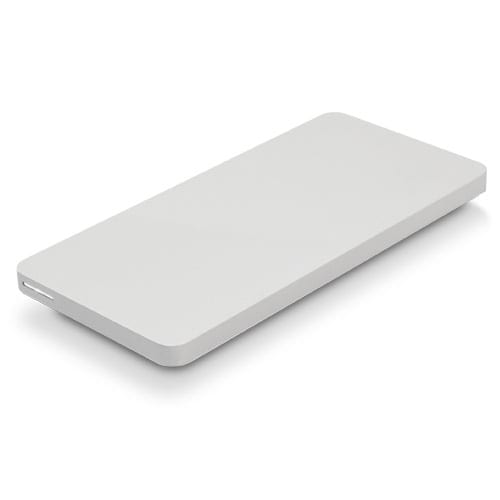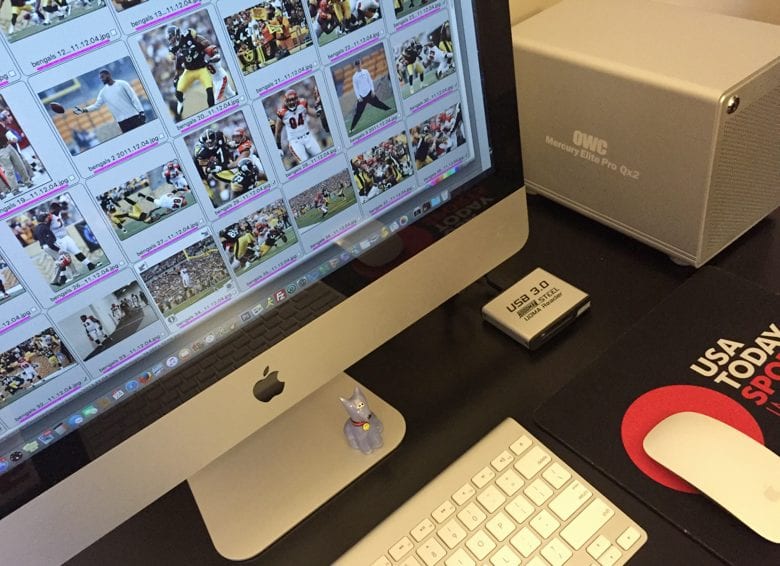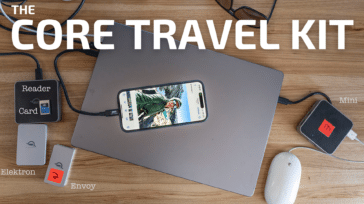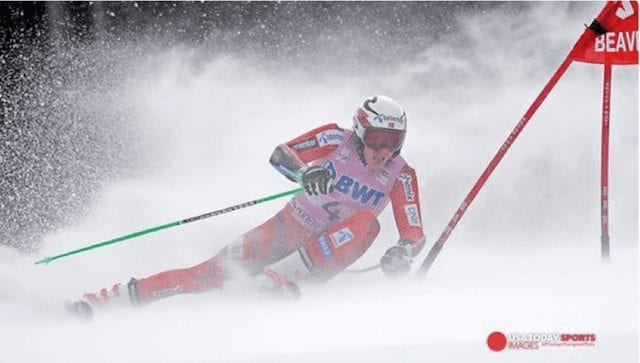
In his years of sports photography, Jeff Swinger has always wanted to shoot downhill and Alpine skiing. To him, it’s the pinnacle of athleticism and speed. It’s also really tough on the photographer.
To capture the thrills and spills, he must ski to where experience tells him it’s the best trailside position. The challenge? He’s carrying a 50-lb. backpack with all his gear because a rolling bag doesn’t make a lot of sense on snow pack! The pack not only includes cameras and compact OWC storage, it has a wireless jetpack to send photos to editors in the USAToday Sports central for backup and instant distribution around the globe.
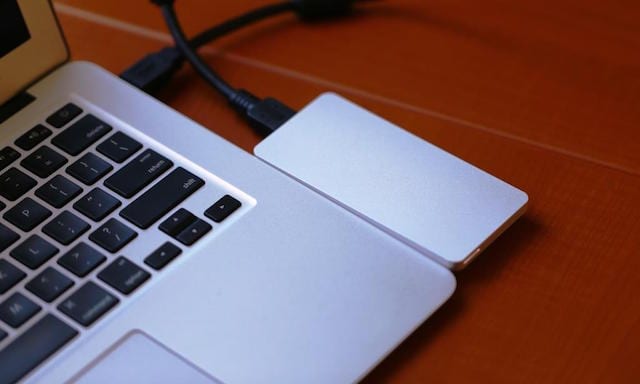
Jeff carefully selects the most strategic location possible, taking into consideration the challenge of the area for the skier, the best lighting during the event and the lineup of the gates and background. He skies to his location on the mountain where there are four or five pre-designated airbags the sports photographers stand behind.
Once he’s in position, he straps on full Alpine crampons, so he is steady on the mountain and can focus on the action. Jeff noted that in addition to getting the best action shots possible, photographers must remember where they’re at – on a slippery, steep incline; and if you slip, you slide down…until you hit something!
Because he is basically blind as the skiers hit the jumps and take to the air, he listens to the sound of the skis scraping around the turn and counts down to capture the skier in full flight. It’s not an easy task since the skiers are coming at him/past him at 70-plus MPH.
Swinger noted that capturing the skiers and the action just right is incredibly hard.
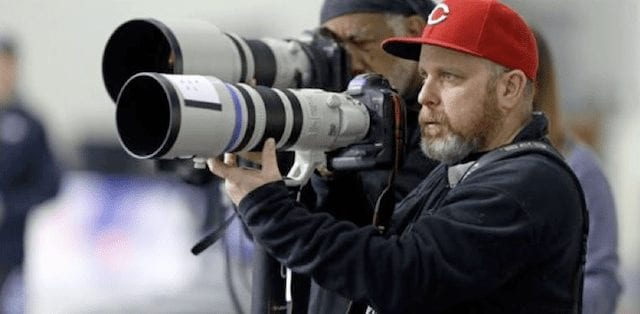
To capture the action, Swinger said you must know the timing of the skiers’ intervals and mentally count down between each skier. You can hear the scratch of the skis on the turn and four seconds later, they should pop over the jump.
With that in mind, he pre-focuses on a spot and waits for the skier to enter his camera frame.
Over his years of shooting skiing action, he often alternates between following a prefocused routine and hammering the shutter to hope one frame will be in focus; or, he uses auto focus in the hope again one frame will be in focus.
He noted that it’s a delicate balance between experience, camera/action knowledge and luck.
Jeff must then quickly review the shots and pick the photos to send to the editor who chooses the best for sharpness, tone, action and immediately distributes the images.
At the end of the day, he downloads all of the shots to his Mac and OWC backup storage.

